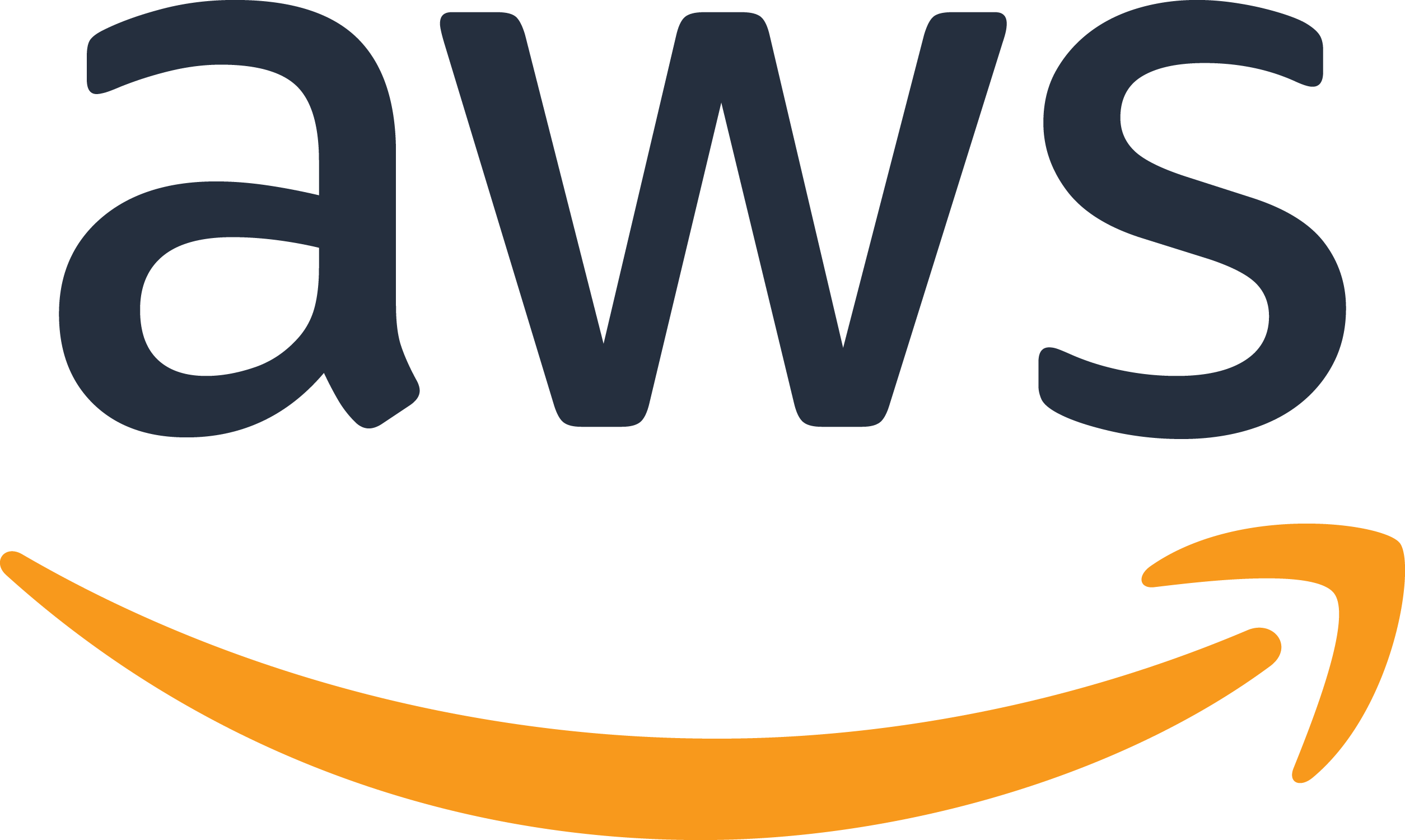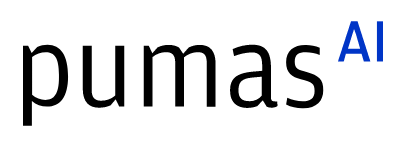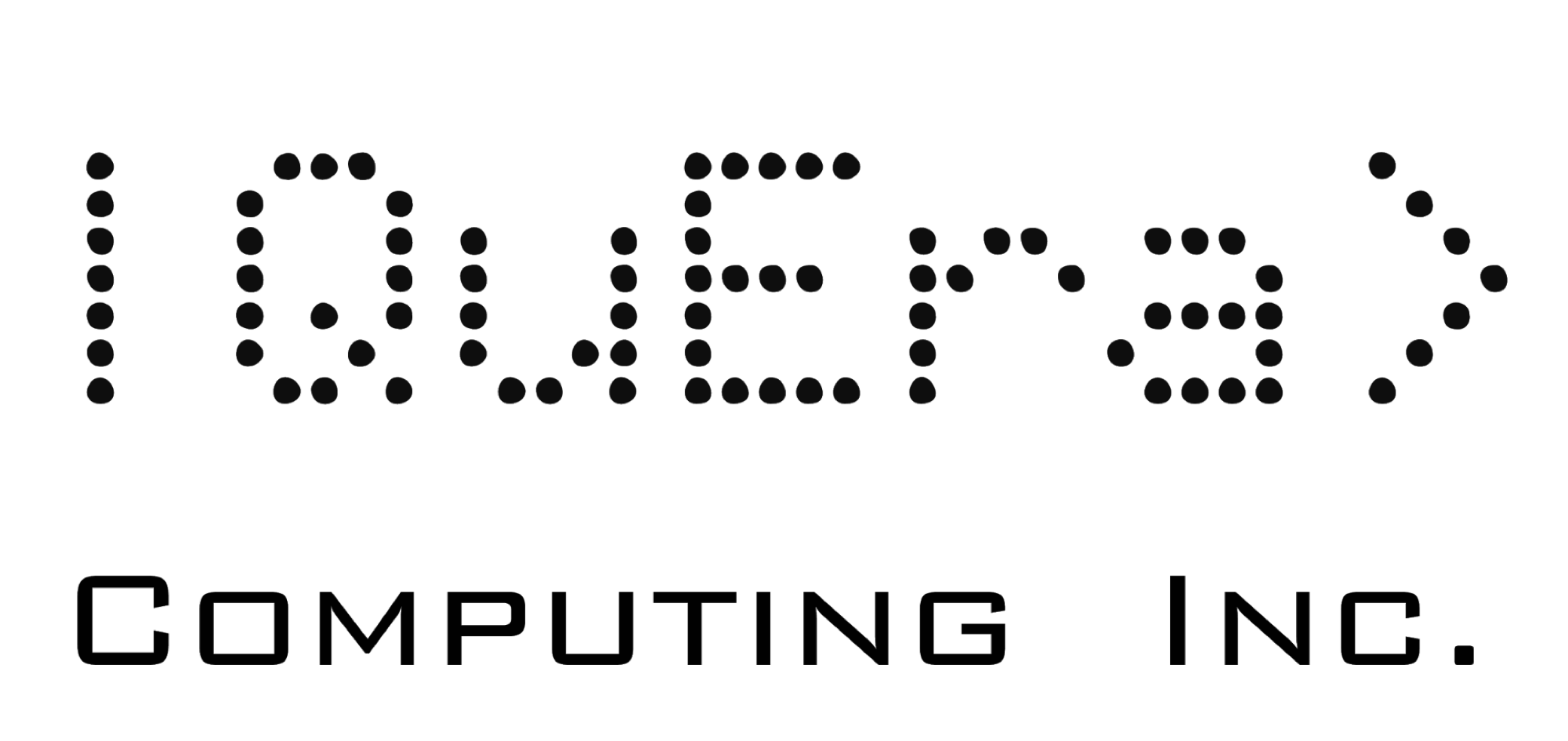Control-systems analysis and design with JuliaControl
Abstract:
The Julia language is uniquely suitable for control-systems analysis and design. Features like a mathematical syntax, powerful method overloading, strong and generic linear algebra, arbitrary-precision arithmetics, all while allowing high performance, creates a compelling platform to build a control ecosystem upon. We will present the JuliaControl packages and illustrate how they make use of Julia to enable novel and sophisticated features while keeping implementations readable and maintainable.
Description:
The control engineer typically carries a large metaphorical toolbox, full of both formal algorithms and heuristic methods. Mathematical modeling, simulation, system identification, frequency-domain analysis and uncertainty modeling and quantification are typical examples of elements of a control-design workflow, all of which may be required to complete a control project. Bits and pieces of this workflow have been present in open-source packages for a long time, but a comprehensive and integrated solution has previously been limited to proprietary and/or legacy languages.
JuliaControl has been around since 2015, and has steadily grown into a highly capable, open-source ecosystem for control using linear methods. With comparatively low effort, algorithms and data structures in the ecosystem have been made generic with respect to the number type used, opening the doors for high-precision arithmetics, uncertainty propagation, automatic differentiation and symbolic computations in every step of the control workflow from simulation to design and verification. We believe that this feature is unique among control software, and will demonstrate its usefulness to the control theorist and engineer with a few examples.
While JuliaControl is largely limited in scope to linear control methods, the full breadth of the scientific computing ecosystem in Julia is just around the corner, offering nonlinear optimization, optimal control, and equation-based modeling and simulation. In this talk, we will demonstrate how JuliaControl interoperates with ModelingToolkit and the DifferentialEquations ecosystem to extend the scope of the capabilities to simulation and design for nonlinear control systems.
Finally, we will share some of the control-related developments in the proprietary JuliaSim platform, offering advanced functionality like controller autotuning, nonlinear Model-Predictive Control (MPC) and LMI-based methods (Linear Matrix Inequality) for robust analysis and design.
Platinum sponsors



Gold sponsors


Silver sponsors








Media partners



Community partners


Fiscal Sponsor
